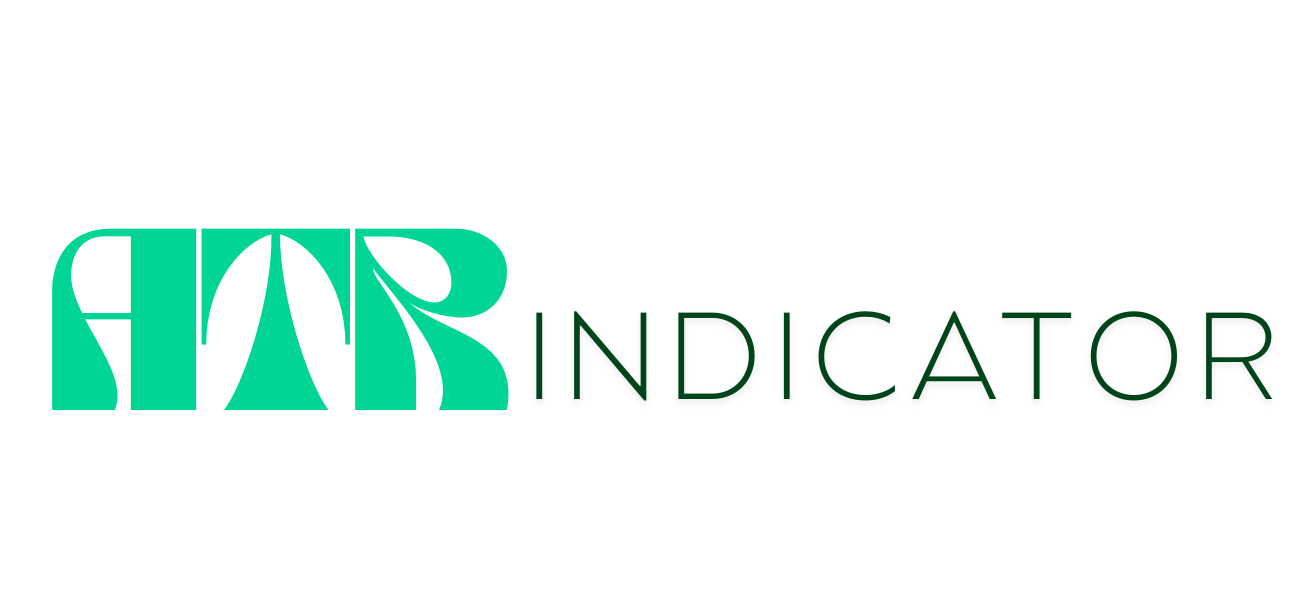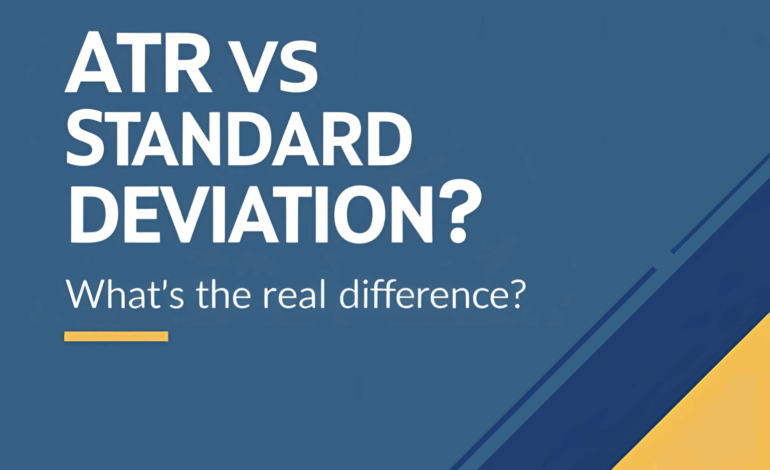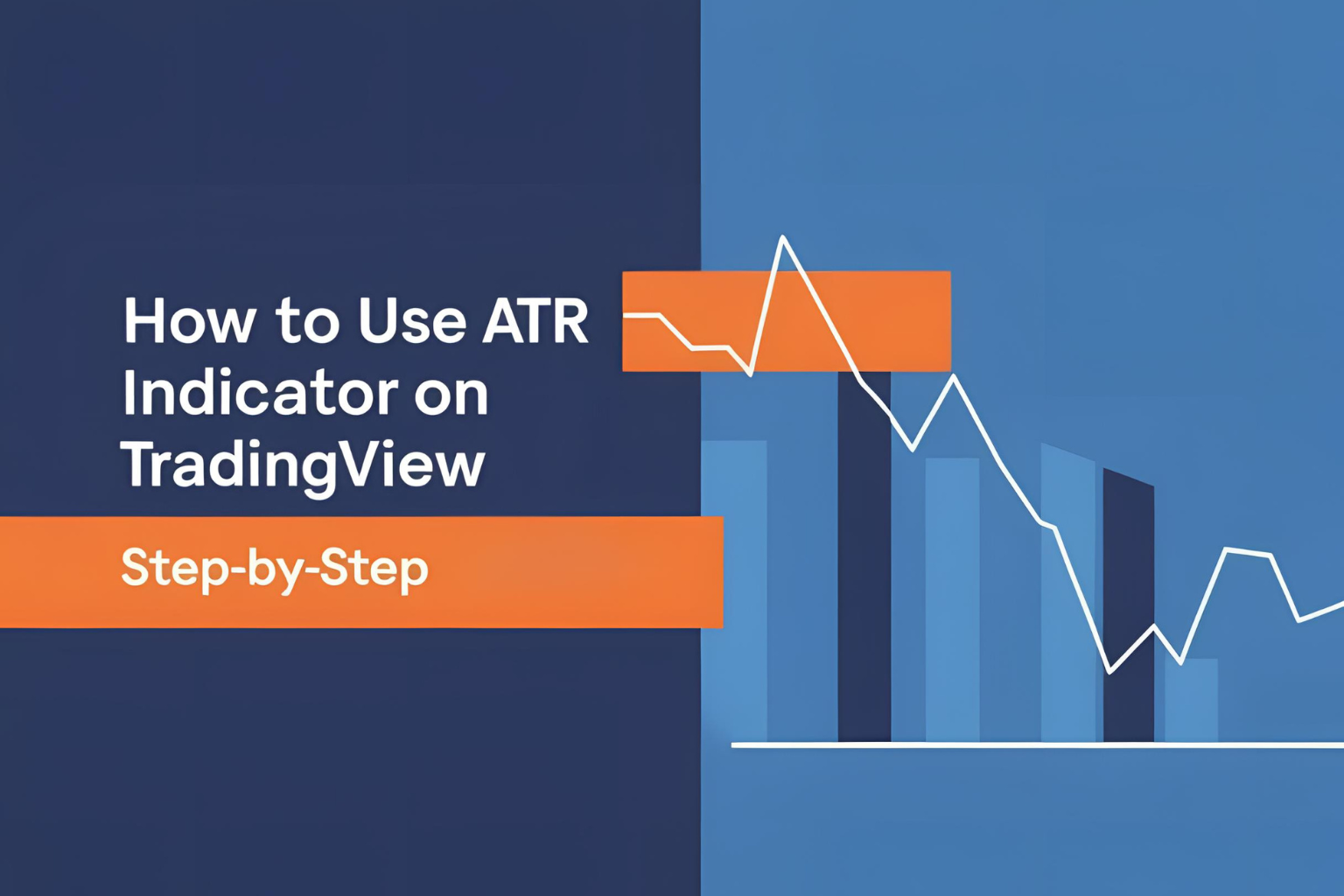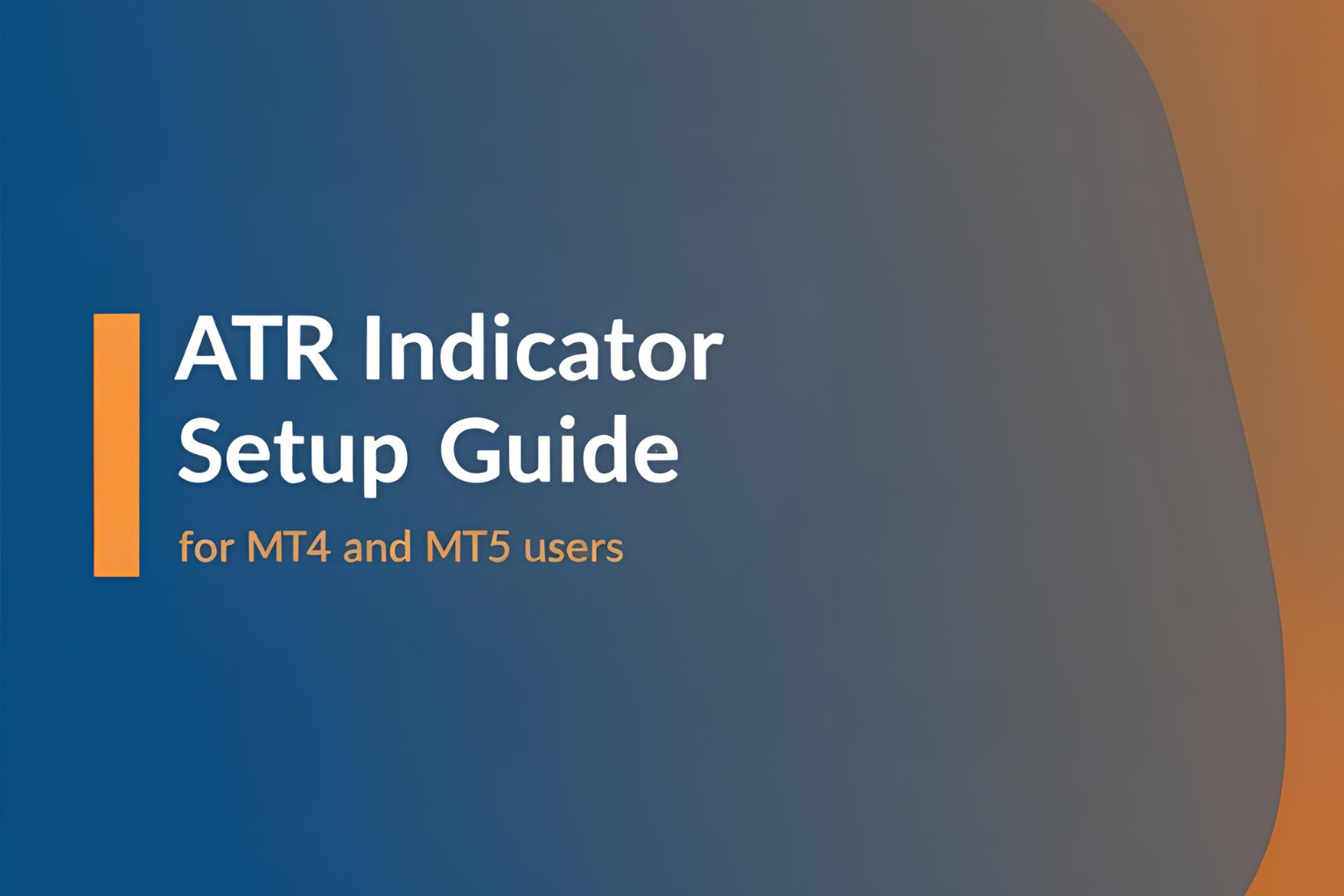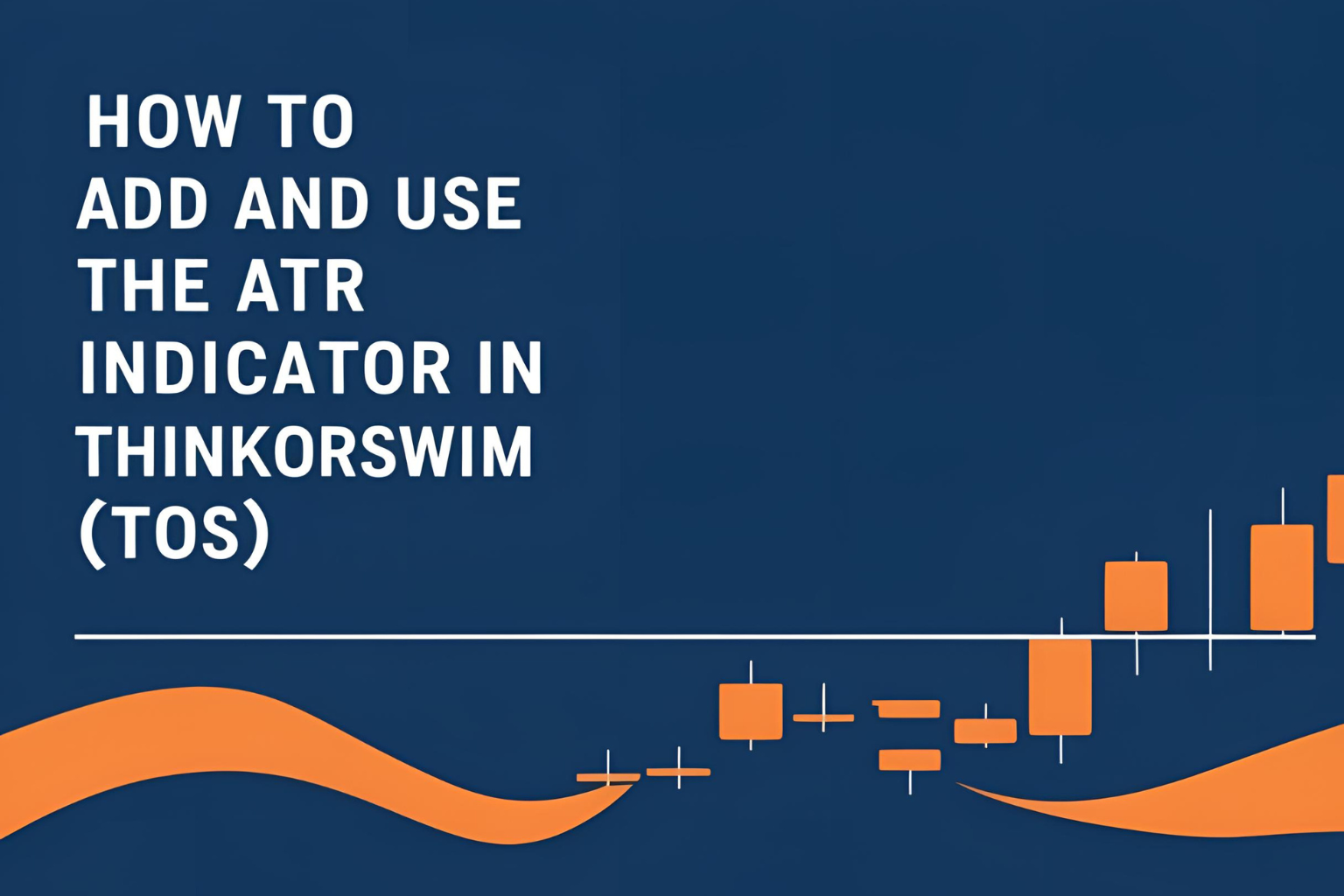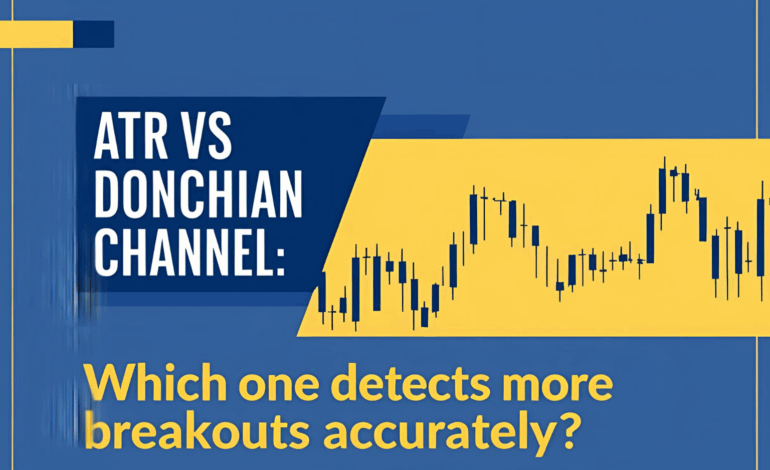
ATR vs Donchian Channel: Which One Detects Breakouts More Accurately?
The ATR (Average True Range) and the Donchian Channel are both popular technical indicators, but they serve different purposes. Traders looking for breakout setups often wonder which tool provides a better signal. This comparison will help you understand when to use ATR, when to use Donchian Channel, and whether combining both can improve your strategy.
1. What Do These Indicators Measure?
🔹 ATR (Average True Range):
- Measures market volatility
- Reflects how much an asset moves on average
- Does not provide direct buy or sell signals
🔹 Donchian Channel:
- Plots highest high and lowest low over a set period
- Identifies breakout zones above resistance or below support
- Offers clear entry signals when price breaks out of the channel
2. Visual Setup on Charts
- ATR: Appears as a line under the price chart
- Donchian Channel: Overlay with upper, lower, and midline bands
3. Breakout Detection
✅ Donchian Channel:
- Designed to detect breakouts
- When price closes above the upper band → bullish breakout
- When price closes below the lower band → bearish breakout
- Used by trend-following systems like the Turtle Trading Strategy
✅ ATR:
- Not a breakout signal on its own
- Rising ATR can confirm the strength of a breakout
- Helps filter out false breakouts during low-volatility periods
4. Key Differences: ATR vs Donchian Channel
| Feature | ATR | Donchian Channel |
|---|---|---|
| Measures | Volatility | Breakout zones |
| Signal type | Indirect | Direct |
| Uses | Stop-loss, volatility filter | Entry points, trend tracking |
| Best timeframe | Any (customizable) | Often 20-period for trend |
| Chart display | Sub-indicator panel | Overlay on price chart |
5. Which One is Better for Breakouts?
- Use Donchian Channel to spot breakout levels clearly
- Use ATR to validate the breakout’s strength
- If ATR is rising during the breakout, the move is likely valid
- If ATR is low or falling, be cautious—breakout may fail
Example: Combined Breakout Strategy
- Price breaks above Donchian upper band
- ATR is rising, confirming strong volatility
- Enter long position
- Use 1.5× ATR as stop-loss
- Use 2–3× ATR for profit target
This combo improves both entry accuracy and risk control.
Conclusion
When comparing ATR vs Donchian Channel, it’s clear they are complementary, not competitive.
- Donchian Channel is your breakout detector
- ATR is your volatility filter and risk manager
For breakout traders, using both indicators together provides a more reliable, disciplined approach.
✅ FAQs
1. Which indicator is better for identifying breakouts?
Donchian Channel is specifically built for breakout signals.
2. Can ATR confirm a breakout?
Yes, a rising ATR confirms that the breakout is backed by strong volatility.
3. What’s a good Donchian Channel period?
20 is standard, but you can adjust based on your strategy and timeframe.
4. Should I enter a Donchian breakout if ATR is falling?
No, it may indicate weak momentum and increase the risk of a false breakout.
5. Can I use these indicators in intraday trading?
Yes, both work well on short-term and long-term charts.
